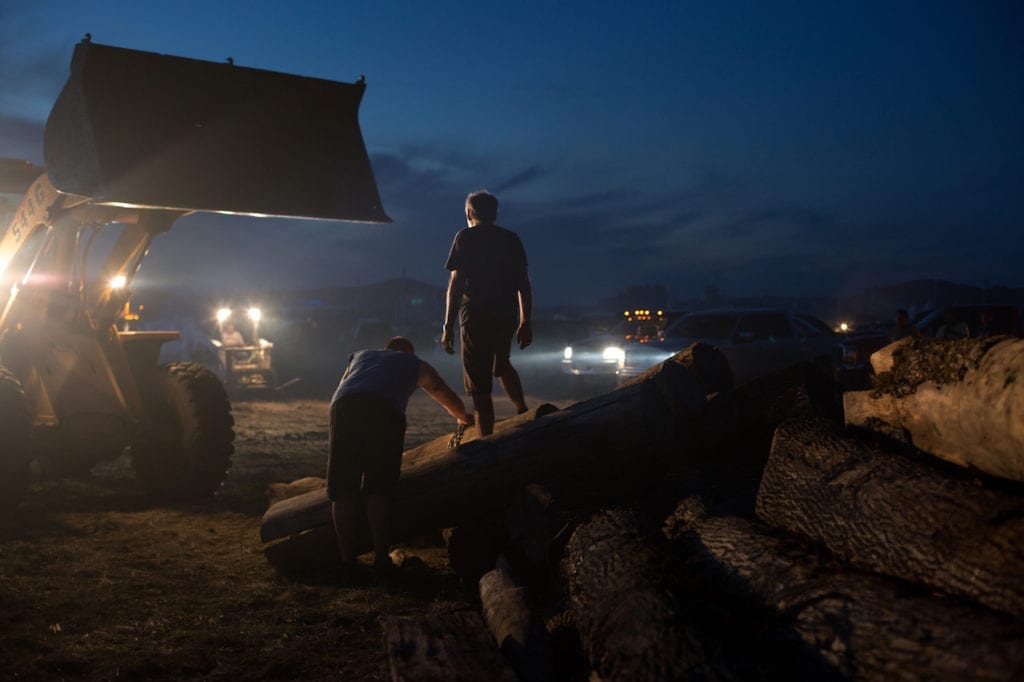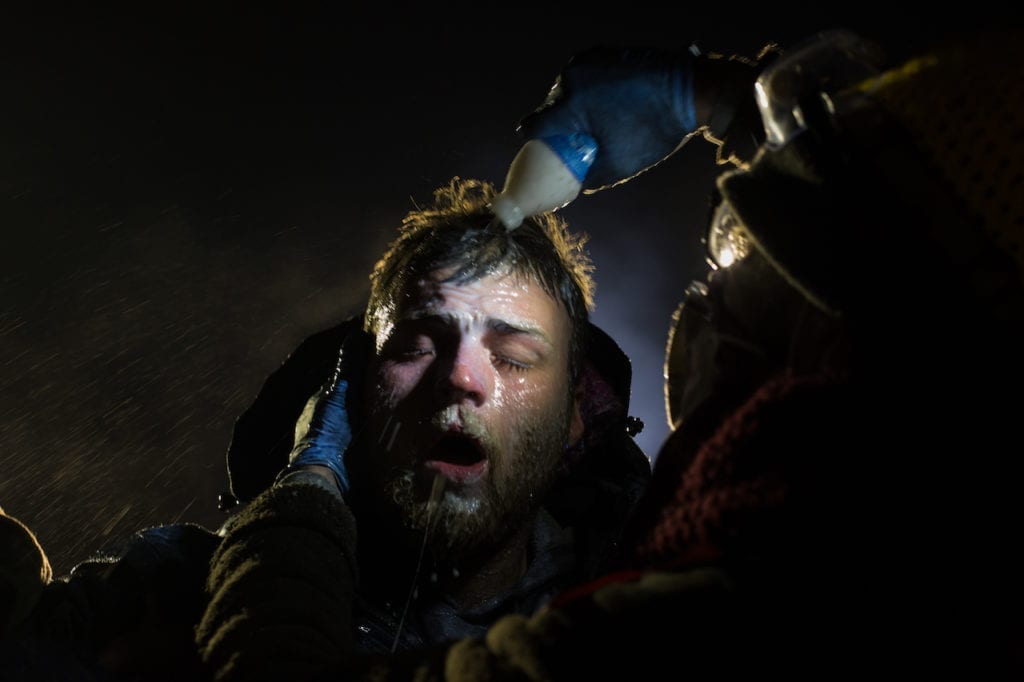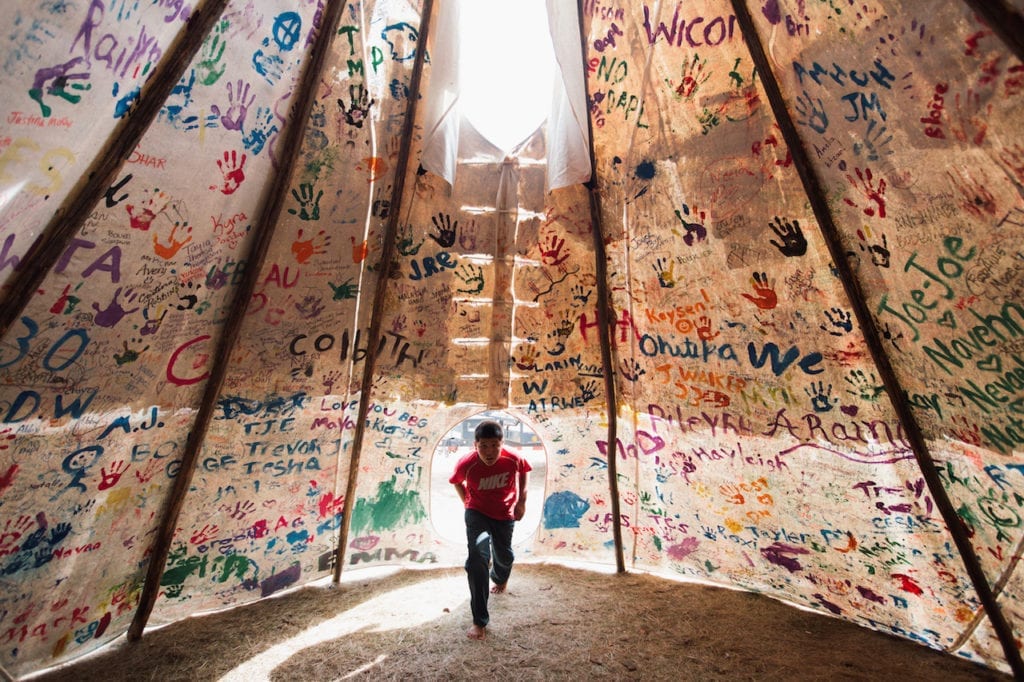Albertan photographer Amber Bracken is the 2017 first prize winner of the World Press Photography award in the Contemporary Issues category.
Bracken, whose work is particularly concerned over the relationship between indigenous communities and the government in Canada and North America, has earned the high profile award for her documentation of the increasingly desperate protests against the North Dakota Pipeline at Standing Rock.
“I’ve been compelled by issues of indigenous rights for some time now,” says Bracken. “Especially after Canada’s Idle No More movement. The fallout of colonisation and the ongoing betrayal of treaties is the greatest source of domestic injustice in the western world. ”

It would cross directly beneath the Mississippi Rivers and cut straight through a number of ancient, sacred burial sites. Just a few weeks ago, President Donald Trump signed an executive order that gave the construction the go ahead.
“I’m not convinced that one image or story can noticeably change the trajectory of a specific situation, except in extremely rare situations. But I do believe there is value in adding to the discourse, eventually reaching a critical mass that does affect change. I am also glad there were so many covering the camps and my hope is that, collectively, the documents can support justice.”

A man is treated with milk of magnesia after being pepper sprayed at the police blockade on highway 1806 near Cannon Ball, North Dakota on Sunday, November 20, 2016. Many people were injured when, with temperatures below freezing, police deployed water canons, pepper spray, tear gas, rubber bullets and percussion grenades. Image © Amber Bracken
One trip she made was independent, but another was for BuzzFeed News who gave her her first assignment last year.

Jesse Jaso, 12, enters the Unity Teepee, at the Sacred Stone Camp near Cannonball, ND on Saturday, September 10, 2016. The teepee is signed by camp supporters from all over North America and around the world. Image © Amber Bracken for Buzzfeed News
“In that case, the writing was done before I was ever assigned and I knew that it was thorough, balanced, and, most importantly, set the issue in context. They did a fantastic job of presenting the complexity and the injustice while preserving the humanity of the family…So when I wanted to go to Standing Rock, they were one of my first pitches and didn’t let me down.”
“I’m humbled and very excited,” Bracken says on being asked of her reaction to the award.
“The exhibition and general high profile of the World Press platform will be a boost of awareness for Standing Rock water protectors’ unresolved pipeline opposition. I’ll be watching to see what happens with the February 22 Army Corp of Engineer’s deadline for people to clear out of camp.”
